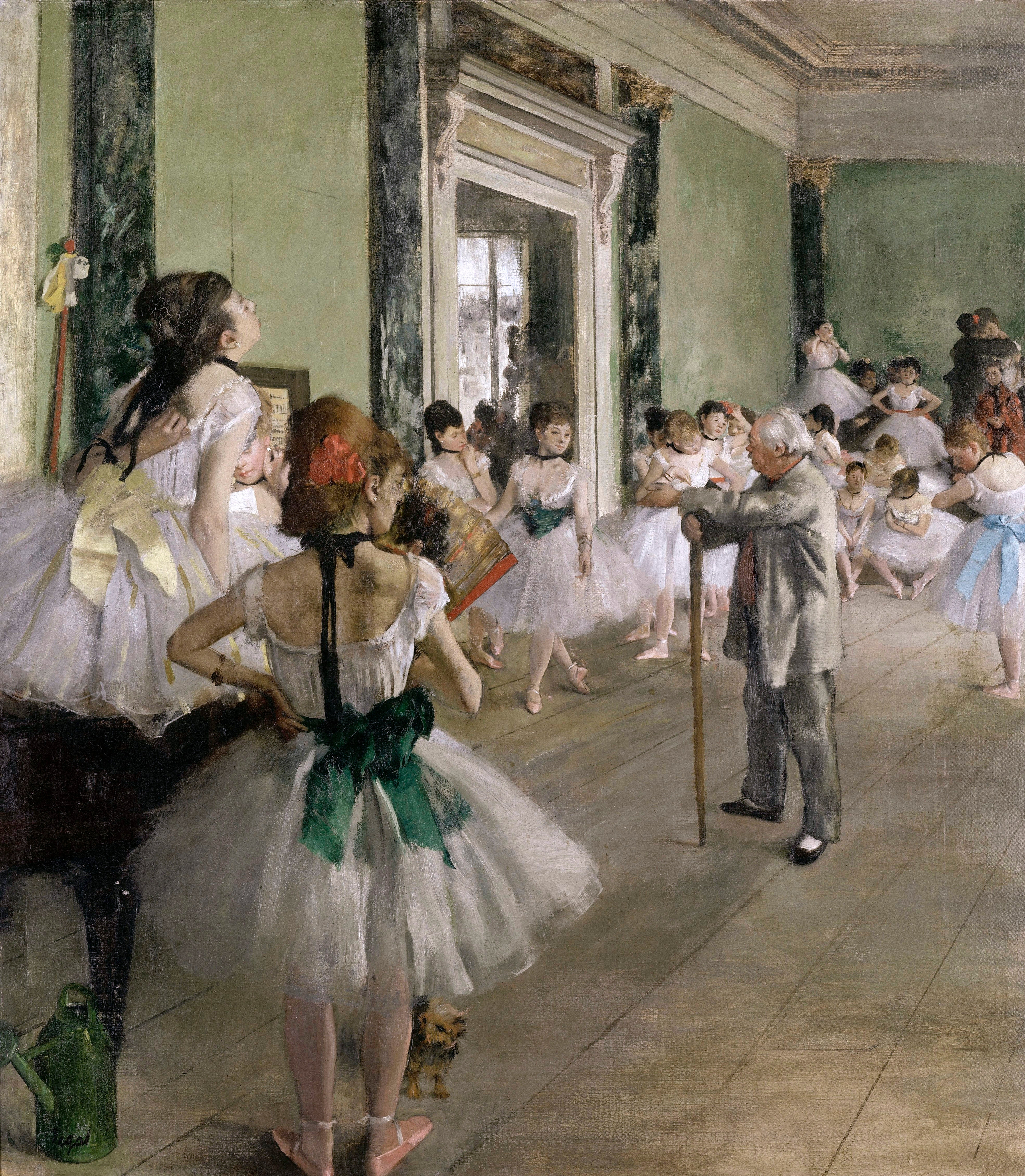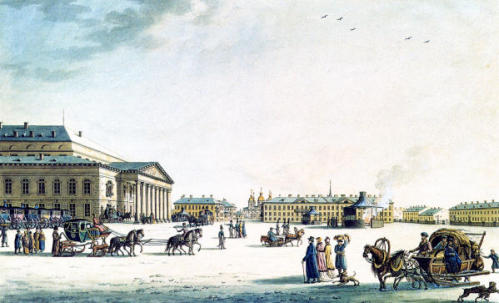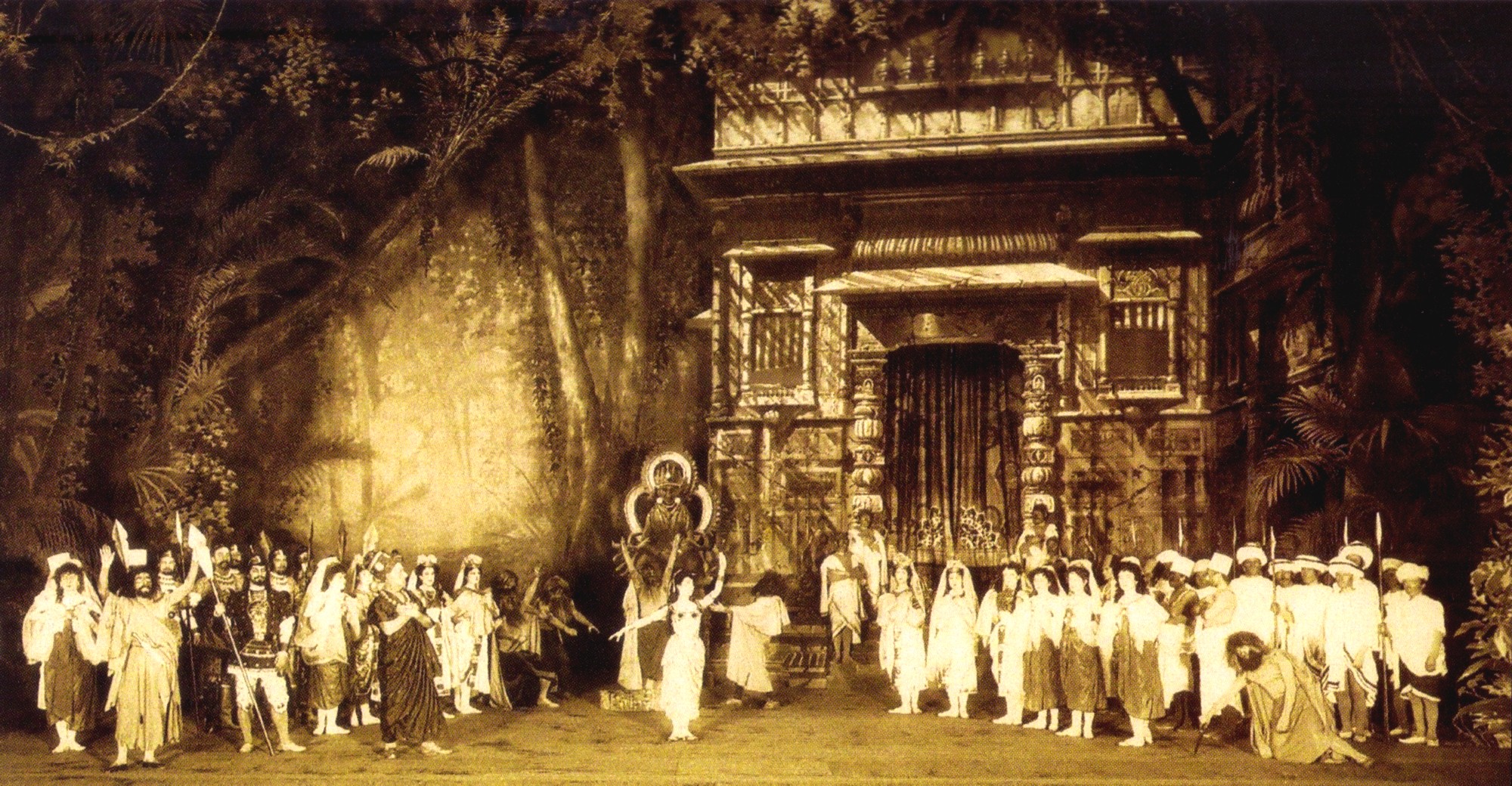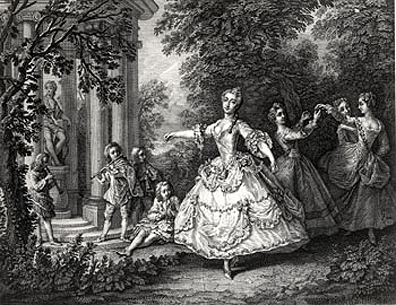|
Le Lys (ship)
''Le Lys'' (''The Lily''), also known as ''Liliya'', is a ballet in 3 acts/4 scenes, with choreography by Arthur Saint-Léon and music by Ludwig Minkus. The ballet was first presented by the Imperial Ballet on , at the Imperial Bolshoi Kamenny Theatre in St. Petersburg Saint Petersburg ( rus, links=no, Санкт-Петербург, a=Ru-Sankt Peterburg Leningrad Petrograd Piter.ogg, r=Sankt-Peterburg, p=ˈsankt pʲɪtʲɪrˈburk), formerly known as Petrograd (1914–1924) and later Leningrad (1924–1991), i ..., Russia. Principal dancers at the première included Adèle Grantzow. Notes * For this ballet Minkus reused and adapted much of the music he had composed for Saint-Léon's 1866 '' La Source''. {{DEFAULTSORT:Lys, Le Ballet Ballets by Ludwig Minkus Ballets by Arthur Saint-Léon 1869 ballet premieres ... [...More Info...] [...Related Items...] OR: [Wikipedia] [Google] [Baidu] |
Ballet
Ballet () is a type of performance dance that originated during the Italian Renaissance in the fifteenth century and later developed into a concert dance form in France and Russia. It has since become a widespread and highly technical form of dance with its own vocabulary. Ballet has been influential globally and has defined the foundational techniques which are used in many other dance genres and cultures. Various schools around the world have incorporated their own cultures. As a result, ballet has evolved in distinct ways. A ''ballet'' as a unified work comprises the choreography and music for a ballet production. Ballets are choreographed and performed by trained ballet dancers. Traditional classical ballets are usually performed with classical music accompaniment and use elaborate costumes and staging, whereas modern ballets are often performed in simple costumes and without elaborate sets or scenery. Etymology Ballet is a French word which had its origin in Ital ... [...More Info...] [...Related Items...] OR: [Wikipedia] [Google] [Baidu] |
Arthur Saint-Léon
Arthur Saint-Léon (17 September 1821, in Paris – 2 September 1870) was the '' Maître de Ballet'' of St. Petersburg Imperial Ballet from 1859 until 1869 and is famous for creating the choreography of the ballet '' Coppélia''. Biography He was born Charles Victor Arthur Michel in Paris, but was raised in Stuttgart, where his father was dance master for the court and the theatre ballet. Saint-Léon was encouraged by his father, who had also been a dancer of the Paris Opéra Ballet, to study music and dance. Saint-Léon studied violin with Joseph Mayseder and Niccolò Paganini. At the same time, he studied ballet so he could perform both as violinist and dancer. When he was 17 years old, he made his début as first demi-charactére dancer at the Théâtre de la Monnaie in Brussels. He started to tour across Europe dancing in Germany, Italy Italy ( it, Italia ), officially the Italian Republic, ) or the Republic of Italy, is a country in Southern Europe. It is loca ... [...More Info...] [...Related Items...] OR: [Wikipedia] [Google] [Baidu] |
Ludwig Minkus
Ludwig Minkus (russian: link=no, Людвиг Минкус), also known as Léon Fyodorovich Minkus (23 March 1826, Vienna – 7 December 1917, Vienna), was a Jewish-Austrian composer of ballet music, a violin virtuoso and teacher. Minkus is noted for the music he composed while serving as the official Composer of Ballet Music to the St. Petersburg Imperial Theatres in Russia. During his long career, he wrote for the original works and numerous revivals staged by the renowned Ballet Masters Arthur Saint-Léon and Marius Petipa. Among the composer's most celebrated compositions was his score for '' La source'' (1866; composed jointly with Léo Delibes), ''Don Quixote'' (1869); and ''La Bayadère'' (1877). Minkus also wrote supplemental material for insertion into already existing ballets. The most famous and enduring of these pieces is the ''Grand Pas classique'' from the ballet ''Paquita'', which was added by Marius Petipa especially for a revival of the ballet staged for the b ... [...More Info...] [...Related Items...] OR: [Wikipedia] [Google] [Baidu] |
Mariinsky Ballet
The Mariinsky Ballet (russian: Балет Мариинского театра) is the resident classical ballet company of the Mariinsky Theatre in Saint Petersburg, Russia. Founded in the 18th century and originally known as the Imperial Russian Ballet, the Mariinsky Ballet is one of the world's leading Ballet company, ballet companies. Internationally, the Mariinsky Ballet continues to be known by its former Soviet Union, Soviet name the Kirov Ballet. The Mariinsky Ballet is the parent company of the Vaganova Ballet Academy, a leading international ballet school. History The Mariinsky Ballet was founded in the 1740s, following the formation of the first Russian dance school in 1738. The Imperial Theatre School, as it was originally known, was established on 4 May 1738, at the Winter Palace in Saint Petersburg. It would become the predecessor of today's Vaganova Academy of Russian Ballet. The school's founder director was the French ballet master and teacher Jean-Baptiste ... [...More Info...] [...Related Items...] OR: [Wikipedia] [Google] [Baidu] |
Imperial Bolshoi Kamenny Theatre
The Saint Petersburg Imperial Bolshoi Kamenny Theatre (The Big Stone Theatre of Saint Petersburg, russian: Большой Каменный Театр) was a theatre in Saint Petersburg. It was built in 1783 to Antonio Rinaldi's Neoclassical design as the Kamenny (i.e., Stone) Theatre; Giovanni Paisiello’s opera ''Il mondo della luna'' was performed at the opening on 24 September. It was rebuilt in 1802 according to the designs of the architect Thomas de Thomon and renamed the Bolshoi, but burned down in 1811. The building was restored in 1818, and modified between 1826 and 1836 by Alberto Cavos to accommodate more modern machinery. Until 1886, the Bolshoi Kamenny Theatre was principal theatre for both the Imperial Ballet and the Imperial Russian Opera. In 1886 the building was declared unsafe and, at the behest of the theatre director Ivan Vsevolozhsky, the ballet and opera performances moved to the Imperial Mariinsky Theatre, where they have remained ever since. The Imp ... [...More Info...] [...Related Items...] OR: [Wikipedia] [Google] [Baidu] |
Adèle Grantzow
Adele (born 1988) is an English singer-songwriter. Adele may also refer to: People * Adele (given name), a common female given name *Jan Adele (1936–2000), Australian actor * Adele, a character in the operetta ''Die Fledermaus'' Places * Adele, California or Fields Landing, California * Adele, Kentucky, an unincorporated community * Adele Island (Australia), Western Australia * Adele Island (New Zealand), off the northern coast of South Island of New Zealand * Adele, Ethiopia, village in the Shinile Zone of Ethiopia * Adele, town in the Amigna woreda of Ethiopia Ships * Australian steamer ''Adele'' * French brig ''Adèle'' * ''Adele'' (1952 ship), Swiss merchant ship * ''Adèle'' (1800 brig), privateer brig, later an armed brig for the British East India Company, and a fire ship for the Royal Navy Film and theatre * ''Adele'' (film), a 1919 film by Wallace Worsley *'' The Story of Adèle H.'', a French film about Adèle Hugo *''Blue Is the Warmest Colour'' (''La vie d ... [...More Info...] [...Related Items...] OR: [Wikipedia] [Google] [Baidu] |
La Source (Saint-Léon)
''La source (The Spring)'' is a ballet in three acts/four scenes with a score composed by Léo Delibes and Ludwig Minkus (Minkus: Act I & Act III-Scene 2/Delibes: Act II & Act III-Scene 1) which was premiered in Paris in 1866 with choreography by Arthur Saint-Léon. In 1878 in Vienna it was called ''Naïla, die Quellenfee'' (''Naïla, the Waternymph''). History The choreography was by Arthur Saint-Léon, who collaborated with Charles Nuitter in the libretto. The original designs were by Édouard Desplechin, Jean-Baptiste Lavastre, Auguste Rubé, Chaperon (sets) and Paul Lormier (costumes). The first production opened at the Théâtre Impérial de l´Opéra in Paris on 12 November 1866, with Guglielmina Salvioni (Naïla), Eugenie Fiocre (Nouredda) and Louis Mérante (Djémil) in the principal roles. The production was not particularly successful, Salvioni being considered unsuited to the rôle of Naïla. It triumphed in the following year, however, with Adèle Grantzow as ... [...More Info...] [...Related Items...] OR: [Wikipedia] [Google] [Baidu] |
Ballet
Ballet () is a type of performance dance that originated during the Italian Renaissance in the fifteenth century and later developed into a concert dance form in France and Russia. It has since become a widespread and highly technical form of dance with its own vocabulary. Ballet has been influential globally and has defined the foundational techniques which are used in many other dance genres and cultures. Various schools around the world have incorporated their own cultures. As a result, ballet has evolved in distinct ways. A ''ballet'' as a unified work comprises the choreography and music for a ballet production. Ballets are choreographed and performed by trained ballet dancers. Traditional classical ballets are usually performed with classical music accompaniment and use elaborate costumes and staging, whereas modern ballets are often performed in simple costumes and without elaborate sets or scenery. Etymology Ballet is a French word which had its origin in Ital ... [...More Info...] [...Related Items...] OR: [Wikipedia] [Google] [Baidu] |
Ballets By Ludwig Minkus
Ludwig Minkus (russian: link=no, Людвиг Минкус), also known as Léon Fyodorovich Minkus (23 March 1826, Vienna – 7 December 1917, Vienna), was a Jewish-Austrian composer of ballet music, a violin virtuoso and teacher. Minkus is noted for the music he composed while serving as the official Composer of Ballet Music to the St. Petersburg Imperial Theatres in Russia. During his long career, he wrote for the original works and numerous revivals staged by the renowned Ballet Masters Arthur Saint-Léon and Marius Petipa. Among the composer's most celebrated compositions was his score for '' La source'' (1866; composed jointly with Léo Delibes), ''Don Quixote'' (1869); and ''La Bayadère'' (1877). Minkus also wrote supplemental material for insertion into already existing ballets. The most famous and enduring of these pieces is the ''Grand Pas classique'' from the ballet ''Paquita'', which was added by Marius Petipa especially for a revival of the ballet staged for the bene ... [...More Info...] [...Related Items...] OR: [Wikipedia] [Google] [Baidu] |
Ballets By Arthur Saint-Léon
Ballet () is a type of performance dance that originated during the Italian Renaissance in the fifteenth century and later developed into a concert dance form in France and Russia. It has since become a widespread and highly technical form of dance with its own vocabulary. Ballet has been influential globally and has defined the foundational techniques which are used in many other dance genres and cultures. Various schools around the world have incorporated their own cultures. As a result, ballet has evolved in distinct ways. A ''ballet'' as a unified work comprises the choreography and music for a ballet production. Ballets are choreographed and performed by trained ballet dancers. Traditional classical ballets are usually performed with classical music accompaniment and use elaborate costumes and staging, whereas modern ballets are often performed in simple costumes and without elaborate sets or scenery. Etymology Ballet is a French word which had its origin in Italian ' ... [...More Info...] [...Related Items...] OR: [Wikipedia] [Google] [Baidu] |





